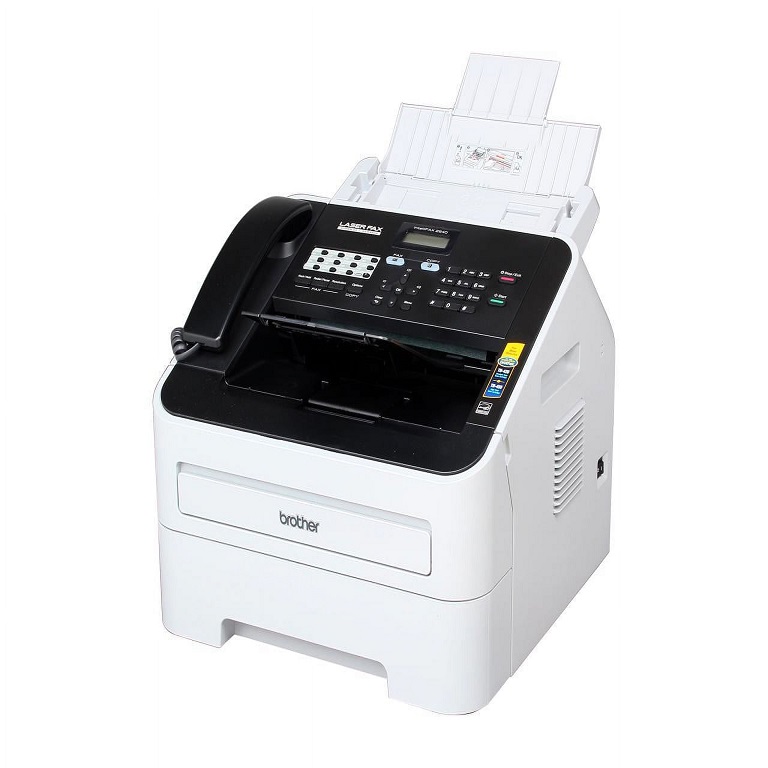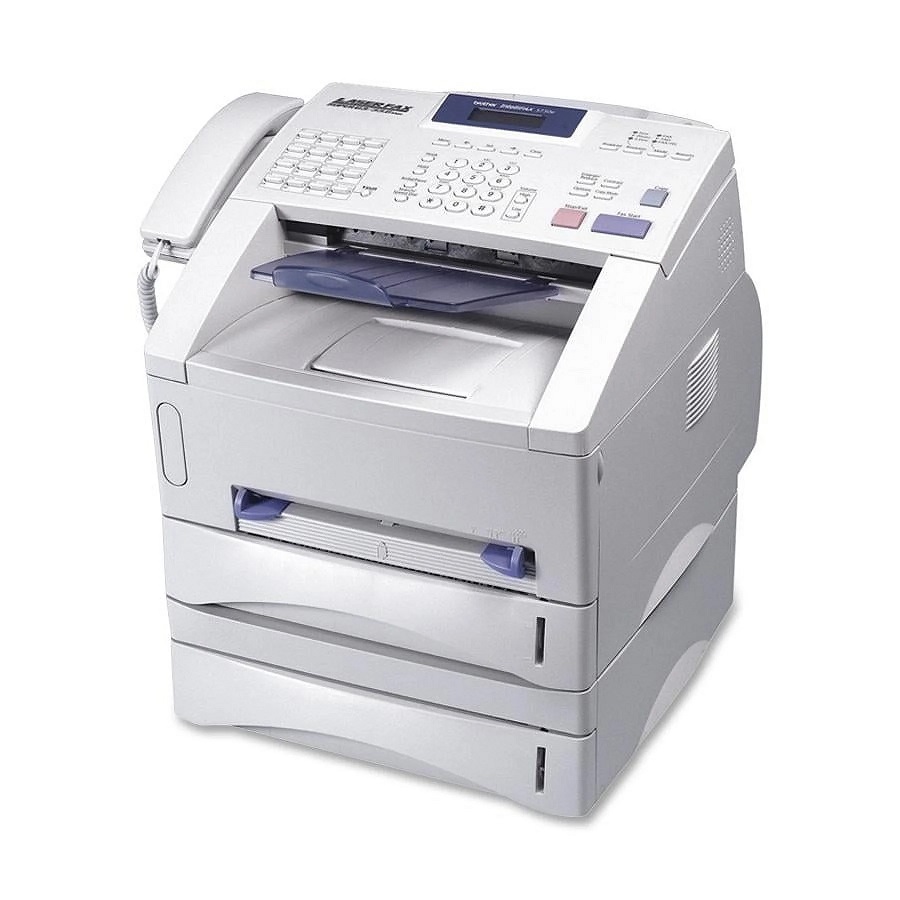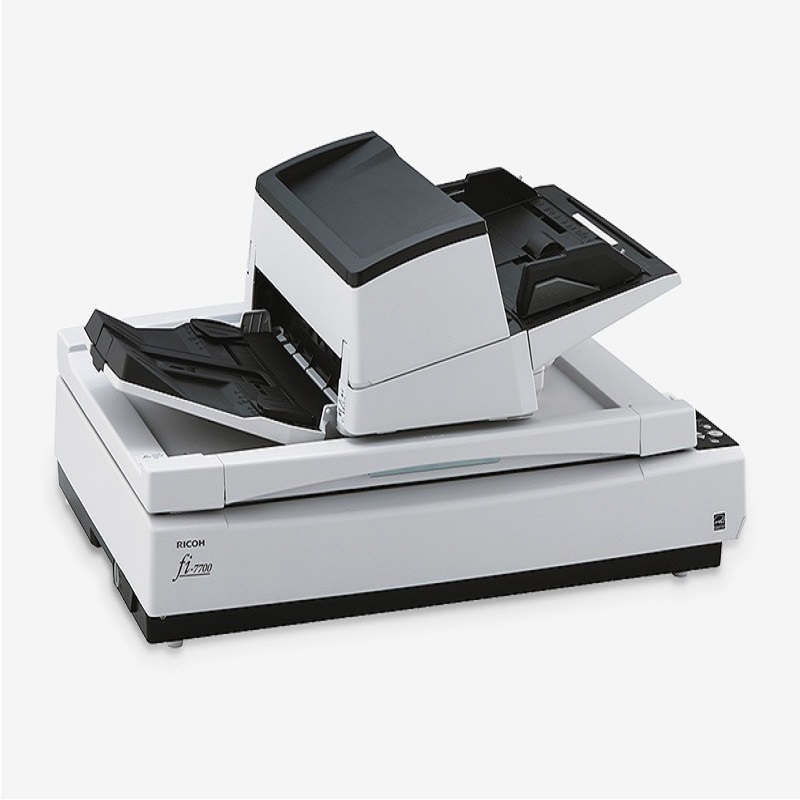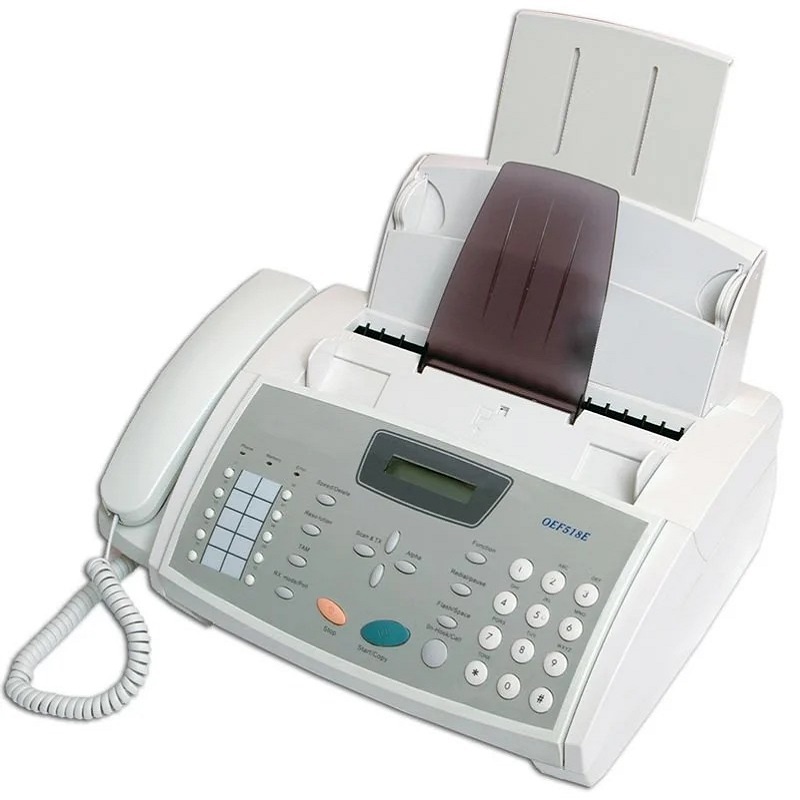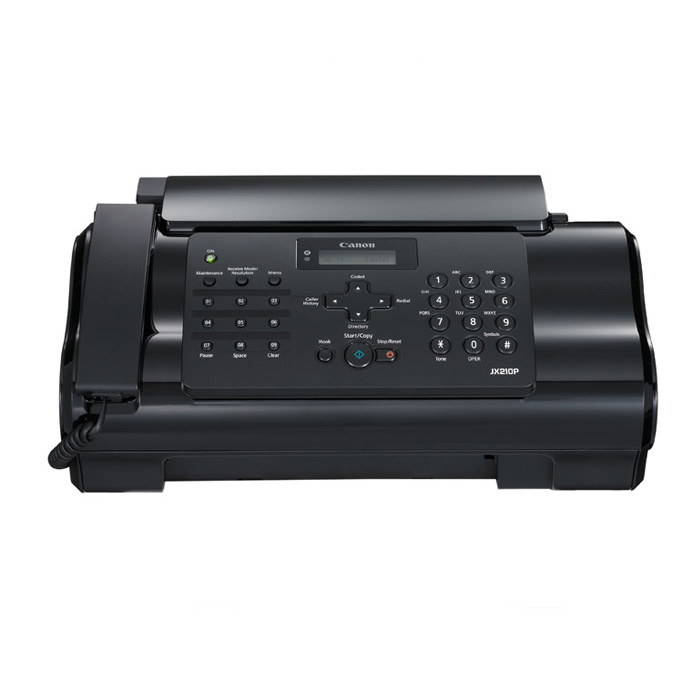How does fax machine work? The fax machine, once an indispensable tool in offices and businesses worldwide, revolutionized the way people communicated across distances. Before the rise of email and digital communication, fax machines were the go-to solution for transmitting documents quickly and reliably. Despite being overshadowed by modern technology, understanding how a fax machine works remains fascinating and relevant, as it laid the foundation for many of today’s communication systems. This article explores the inner workings of fax machines, their history, components, and the process of sending and receiving faxes.
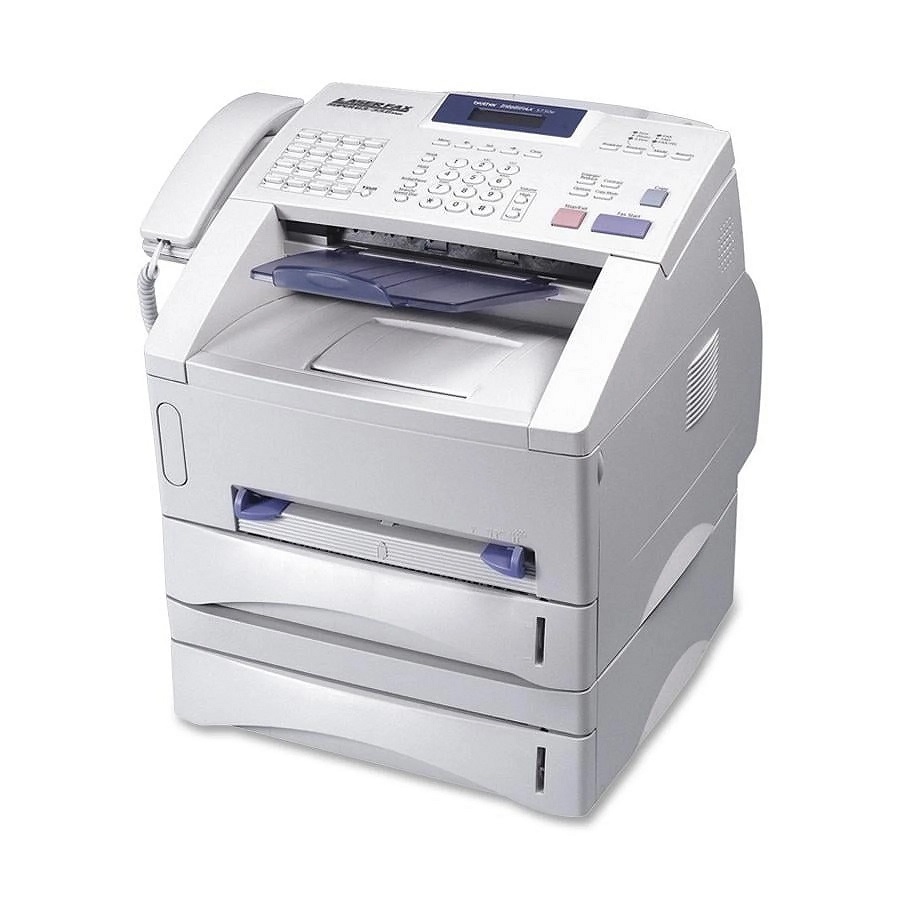
A Brief History of Fax Machines
How does fax machine work? The concept of facsimile transmission dates back to the early 19th century. In 1843, Scottish inventor Alexander Bain patented the first rudimentary fax machine, which used synchronized pendulums to scan and reproduce images. Over the decades, the technology evolved, with significant advancements made by inventors such as Giovanni Caselli, who developed the “pantelegraph” in the 1860s, and Arthur Korn, who introduced photoelectric cells in the early 20th century.
By the mid-20th century, fax machines became more practical and widespread, particularly in business settings. The introduction of Group 3 fax standards in the 1980s enabled faster and more efficient transmissions over telephone lines, solidifying the fax machine’s role in global communication. While its popularity has waned with the advent of the internet, fax machines are still used in industries like healthcare and law due to their security and reliability.
Key Components of a Fax Machine
How does fax machine work? To understand how a fax machine operates, it is essential to examine its key components:
- Scanner: The scanner is responsible for reading the document to be sent. It uses light sensors to detect variations in the document’s content, converting text and images into digital data.
- Modem: The modem (modulator-demodulator) converts the digital data from the scanner into analog signals that can travel over telephone lines. On the receiving end, it performs the reverse process, converting analog signals back into digital data.
- Printer: The printer reproduces the received digital data onto paper. Most fax machines use thermal or inkjet printing technologies.
- Controller: The controller acts as the brain of the fax machine, managing the entire process, from scanning to transmission and printing.
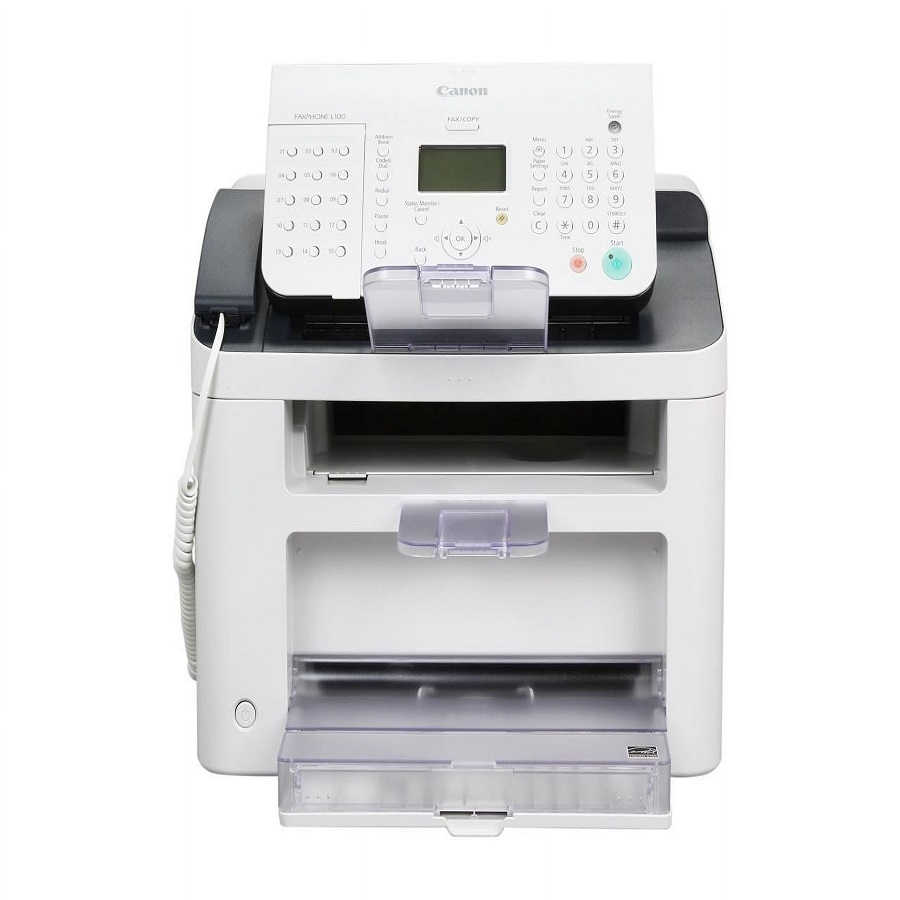
The Process of Sending a Fax
Sending a fax involves several steps, each carefully orchestrated by the machine’s internal systems. Here’s a detailed breakdown of the process:
Step 1: Document Scanning
When you place a document into the fax machine, the scanner reads it line by line. The scanner uses a light source and a sensor to detect differences in brightness and darkness on the page. These variations are converted into binary data—ones and zeros—that represent the document’s content.
Step 2: Data Compression
To optimize transmission speed, the fax machine compresses the scanned data using algorithms defined by international standards (e.g., Group 3 or Group 4 compression). This reduces the file size without significantly compromising quality.
Step 3: Signal Conversion
The compressed digital data is then passed to the modem, which converts it into analog signals suitable for transmission over telephone lines. This conversion is crucial because traditional phone lines are designed to carry voice signals, not raw digital data.
Step 4: Transmission
The analog signals travel through the telephone network to the recipient’s fax machine. During this phase, both machines establish a connection using a handshake protocol, ensuring compatibility and synchronization.
Step 5: Reception
Upon reaching the destination, the receiving fax machine’s modem converts the analog signals back into digital data. The controller processes this data and sends it to the printer, which reproduces the original document on paper.
The Process of Receiving a Fax
Receiving a fax is essentially the reverse of sending one. When an incoming call is detected, the fax machine answers the line and initiates the handshake protocol with the sender. Once the connection is established, the receiving machine decodes the incoming analog signals, decompresses the data, and prints the document. The entire process is automated, requiring minimal user intervention.
Advantages and Limitations of Fax Machines
Advantages
- Reliability: Fax machines provide a direct and secure method of document transmission, making them ideal for sensitive information.
- Legal Acceptance: In many industries, faxed documents are considered legally binding, similar to physical signatures.
- Wide Accessibility: Even in areas with limited internet access, fax machines can operate using basic telephone lines.
Limitations
- Speed: Compared to modern digital methods, fax machines are relatively slow, especially for large documents.
- Quality Issues: Poor-quality scans or noisy phone lines can result in distorted or incomplete faxes.
- Environmental Impact: The reliance on paper contributes to waste and environmental concerns.
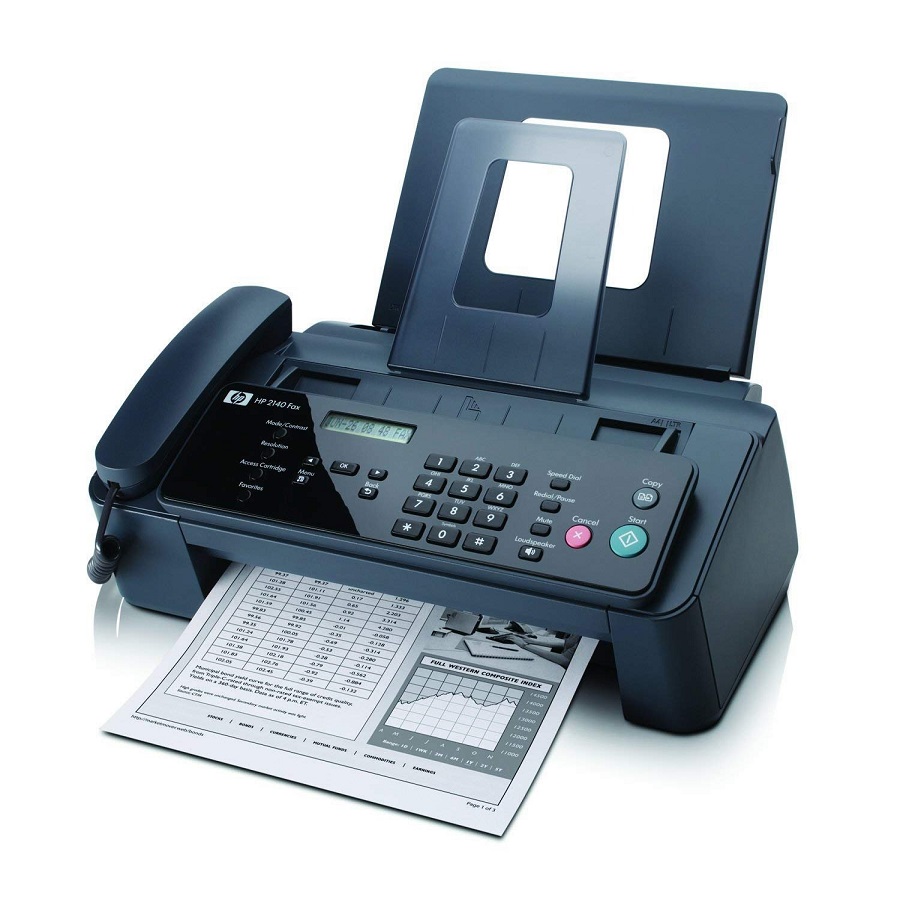
Modern Alternatives and the Future of Faxing
While traditional fax machines have declined in popularity, the need for secure document transmission persists. Modern alternatives include online fax services, which allow users to send and receive faxes via email or web platforms. These services eliminate the need for physical machines and integrate seamlessly with digital workflows.
Despite these advancements, fax machines continue to hold a niche in certain industries. For example, healthcare providers often use fax machines to comply with regulations like HIPAA, which require strict confidentiality for patient records. Similarly, legal professionals rely on faxes for their authenticity and legal recognition.
Advantages of fax machine
Fax machines, once a cornerstone of business communication, have played a pivotal role in shaping the way we exchange information. Despite the rise of digital communication tools like email and cloud-based platforms, fax machines continue to hold relevance in certain industries due to their unique advantages. From reliability to legal acceptance, fax machines offer a range of benefits that make them indispensable in specific contexts.
Reliability in Document Transmission
Consistent Performance
One of the most significant advantages of fax machines is their reliability. Unlike internet-based communication methods, which can be disrupted by network outages, server issues, or cyberattacks, fax machines rely on traditional telephone lines. These lines are often more stable and less prone to interruptions, ensuring that documents are transmitted consistently even in areas with limited internet access.
No Need for Recipient Availability
Another aspect of reliability is that fax machines do not require the recipient to be present or actively monitoring their inbox. Once a fax is sent, the receiving machine automatically answers the call and processes the incoming document. This eliminates the risk of missed communications, making fax machines ideal for time-sensitive transactions.
Error Detection
Modern fax machines are equipped with error-detection mechanisms that ensure the integrity of transmitted documents. If a page fails to send correctly, the machine will attempt to resend it, reducing the likelihood of incomplete or corrupted transmissions.
Security and Confidentiality
End-to-End Encryption
Fax machines provide a high level of security, especially when compared to email. Documents transmitted via fax are converted into analog signals during transmission, making them difficult to intercept or hack. Even if someone manages to tap into the phone line, decoding the analog signals would require specialized equipment and expertise.
Physical Copies
Unlike digital files stored on servers or cloud platforms, faxed documents are printed directly onto paper. This reduces the risk of unauthorized access, data breaches, or hacking. For industries that handle sensitive information—such as healthcare, finance, and law—the physical nature of faxed documents adds an extra layer of security.
Compliance with Regulations
Many industries are subject to strict regulations regarding data privacy and confidentiality. For example, the Health Insurance Portability and Accountability Act (HIPAA) in the United States mandates secure transmission of patient records. Fax machines are often preferred in such cases because they comply with these regulations, ensuring that sensitive information is protected during transmission.
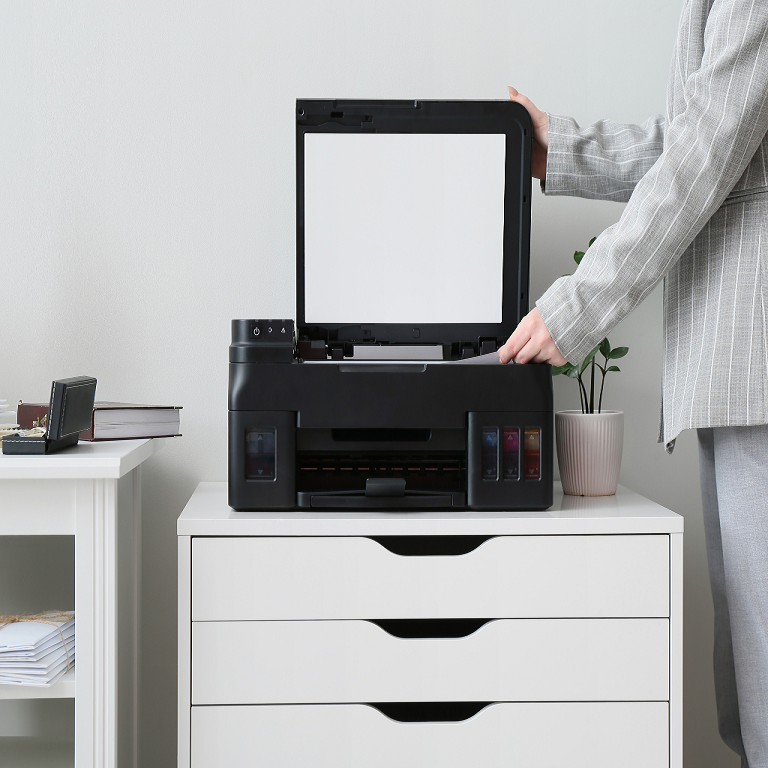
Conclusion
How does fax machine work? The fax machine, though no longer at the forefront of communication technology, played a pivotal role in shaping how we share information across distances. Its ability to transmit documents quickly and securely made it a cornerstone of business operations for decades. By understanding how a fax machine works—from scanning and compressing data to transmitting and printing—we gain insight into the ingenuity of early telecommunications.





